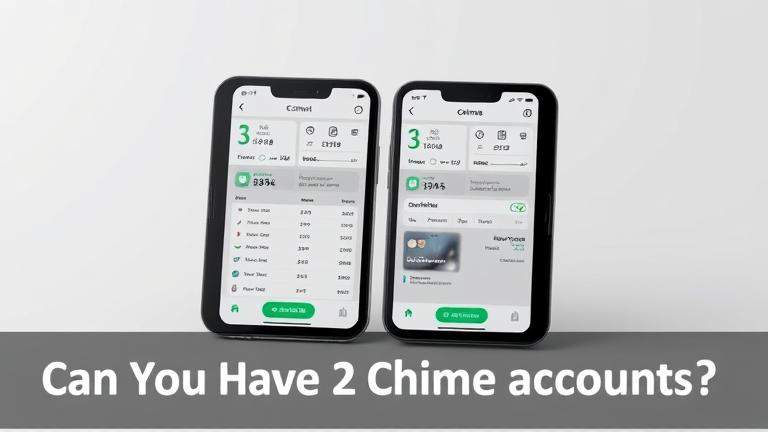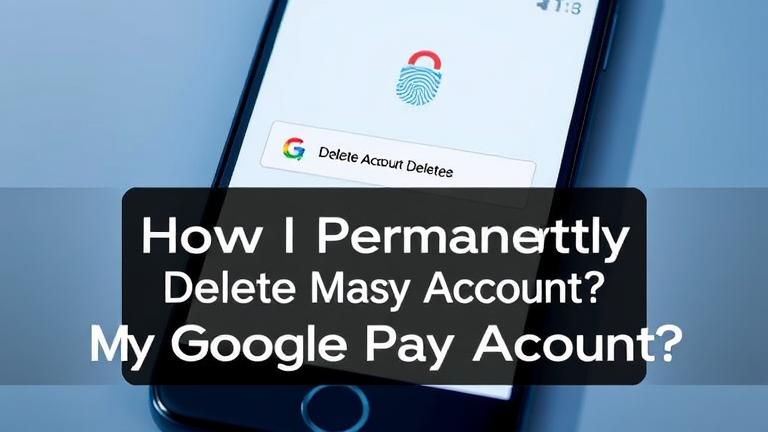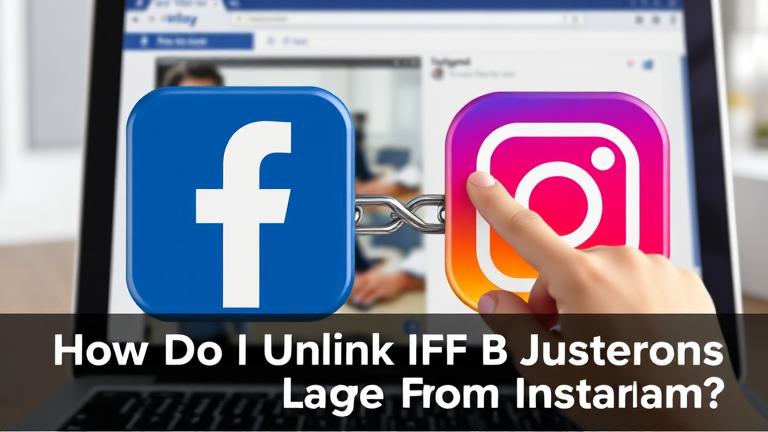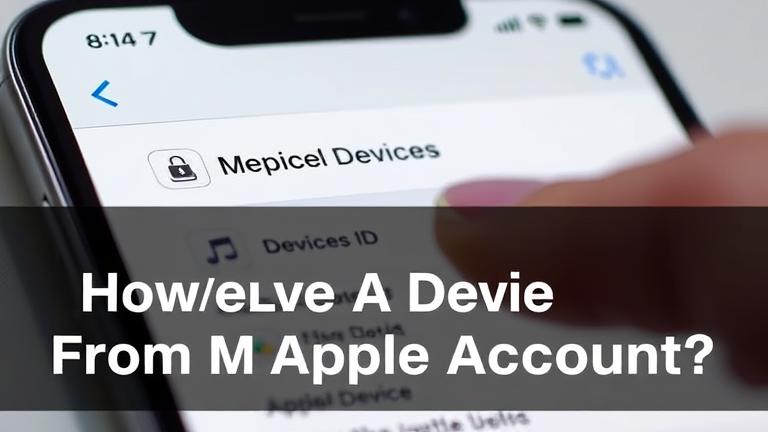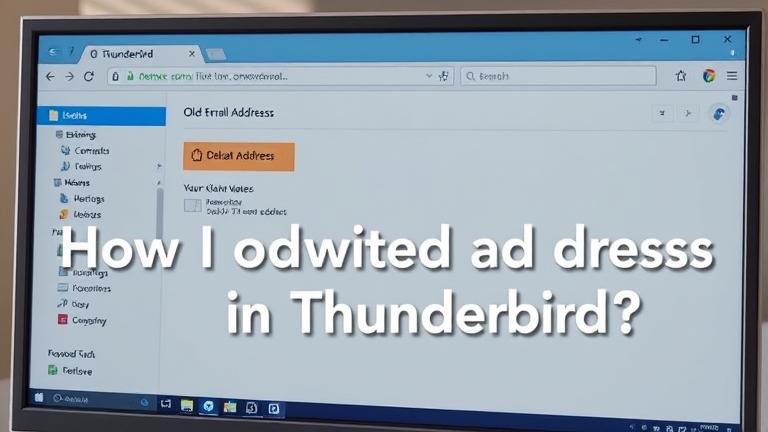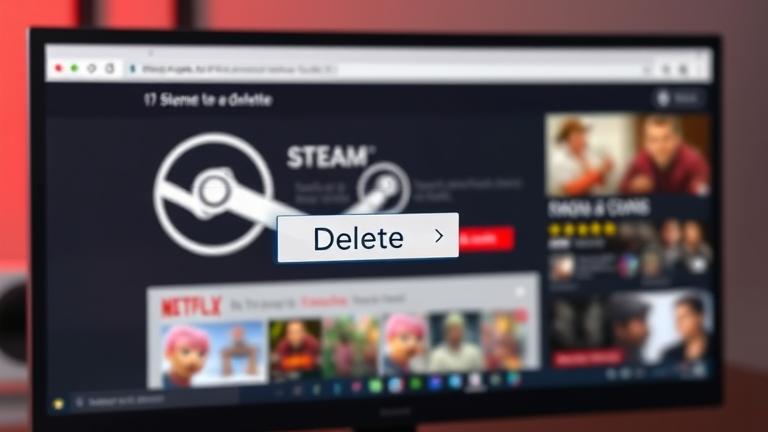Understanding Why You Might Want to Delete Multiple Facebook Accounts
Users may opt to delete multiple Facebook accounts for various reasons centered around privacy, data management, and online presence control. Privacy concerns are often at the forefront; individuals worried about personal data being misused or targeted in advertising seek to reduce their digital footprint by removing unnecessary or outdated profiles (Privacy.org). Additionally, account management motivations include consolidating several profiles to streamline online identities, eliminate duplicate accounts, or remove inactive profiles that clutter one’s digital footprint. This also helps in reducing the overwhelming notifications and potential security risks associated with unused accounts. Ultimately, deleting multiple Facebook accounts allows users to regain control over their personal information, ensuring their online activity aligns with their current privacy preferences and digital goals (Social Media Today – Managing Your Digital Footprint).
Some users delete multiple accounts to protect themselves from security breaches, avoid targeted advertising, or prepare for a digital detox. Changing privacy policies, account breaches, or simply a desire to refresh one’s digital presence can all motivate bulk account deletions. This process emphasizes responsible online behavior—by purging outdated or unwanted profiles, individuals can better protect their personal data and enjoy a more secure, intentional online experience.
Step-by-Step Guide to Deleting Multiple Facebook Accounts Efficiently
Deleting multiple Facebook accounts can be a tedious process if approached haphazardly, but following a structured plan can simplify it significantly. Here is a comprehensive step-by-step guide to efficiently manage this task:
-
Log into Each Account Individually:
Start by accessing each Facebook account with the relevant credentials. Ensure you have the passwords and access rights to all accounts you intend to delete (Facebook Help Center). This initial step is vital to avoid delays during the deletion process.
-
Navigate to Account Settings:
Once logged in, click on the dropdown arrow at the top right of the Facebook interface, then select Settings & Privacy followed by Settings. This will bring you to the main configuration panel where data management options are accessible.
-
Access Your Facebook Information:
In the sidebar of Settings, locate and click on Your Facebook Information. Next, select Deactivation and Deletion. Here, Facebook provides options to temporarily deactivate or permanently delete your account.
-
Choose Account Deletion:
Select Delete Account, then proceed to confirm your choice. Facebook will often prompt you for your password again to verify your identity, ensuring security during this irreversible step (Official Guide).
-
Confirm Deletion:
Follow the on-screen instructions to complete the process. Facebook usually offers a grace period (typically 30 days) during which you can cancel the deletion if you change your mind (Help Center). Make sure to complete this promptly to ensure account removal.
-
Repeat for Each Account:
Log out after deleting each account and repeat the steps for all other profiles. To save time, prepare a list of account credentials and scheduled times for deletion, which can streamline the process.
-
Optional: Use Batch Management Tools
Although Facebook does not support bulk deletion directly, third-party social media management tools may assist with managing multiple accounts, but manual deletion remains the most reliable method due to Facebook’s security measures (Buffer – Social Media Management Tools).
Tips for Efficiency
- Prepare Login Details in Advance: Compile all account credentials beforehand to avoid delays.
- Use Browser Autofill: Save passwords in your browser securely for quick access.
- Schedule Deletion Tasks: Allocate specific times for each account to prevent fatigue.
- Ensure Proper Authorization: Make sure you are authorized to delete these accounts to respect privacy laws and avoid violations.
Additional Resources
For detailed instructions, consult Facebook’s official guide on permanent account deletion which offers further security information and troubleshooting tips.
Managing Your Digital Footprint: Account Consolidation and Alternatives
While some users opt for outright deletion, many platforms offer alternatives like account consolidation or temporary deactivation, which can be more responsible and flexible ways to manage one’s online presence (TechRadar – Managing Social Media Footprint).
Account consolidation involves merging data from multiple profiles or transferring information to a primary account, reducing data scattering and making online management simpler. For example, Facebook allows users to deactivate an account without deleting associated data, providing a temporary pause rather than an irreversible removal (Facebook Deactivation Info).
Temporarily disabling accounts is another effective method, enabling users to hide profiles from public view without permanently erasing their data. This is particularly useful during periods of digital detox or if users plan to return later. Consolidation and deactivation promote digital responsibility by offering options that balance privacy concerns with data retention for future needs. To explore platform-specific options and procedures, visit the internal resources designed to help users responsibly manage their online identities.
Tips and Best Practices for Secure Social Media Account Management
Safeguarding your privacy and data integrity while managing multiple profiles or deleting accounts requires implementing best practices for security. Here are essential tips to ensure a secure social media management experience (Cybersecurity Official Site):
- Review Platform Policies: Understand each platform’s data retention policies; some may retain data even after account deletion (LinkedIn Policy).
- Use Strong, Unique Passwords: Protect accounts with complex, unique passwords and enable two-factor authentication (2FA) where available (OpenAI Security Recommendations).
- Audit Your Accounts Regularly: Regularly review and remove inactive profiles to prevent data leaks (NSA Privacy Tips).
- Backup Important Data: Before deleting profiles, download essential data like contacts, photos, and messages (Google Backup Guide).
- Update Privacy Settings: Limit data visibility on active profiles and restrict profile access to trusted contacts (Facebook Privacy Tips).
- Manage Connected Accounts: Unlink third-party apps linked to your profiles to prevent unauthorized access (Apple Privacy Guide).
- Be Wary of Phishing: Avoid suspicious links and verify official sources during account management (Anti-Phishing Working Group).
- Use Secure Networks: Always operate over secure Wi-Fi or VPNs to prevent interception of sensitive information (Cisco Security Tips).
- Update Software Regularly: Keep devices and browsers updated to patch vulnerabilities (CISA Cybersecurity Tips).
- Verify Deletion Processes: Confirm that profiles are permanently deleted, utilizing platform support pages to check status (Facebook Support).
Adopting these practices helps maintain privacy, secure personal data, and manage multiple profiles responsibly. For detailed platform-specific procedures, consult the provided links to official resources.
Sources
- Privacy.org – Managing Your Digital Footprint
- Facebook Help Center – Deleting an Account
- Facebook Help – Deactivation Info
- Buffer – Social Media Management Tools
- Facebook Official Guide on Account Deletion
- Cisco Security Tips
- Cybersecurity Official Site
- Google Backup Guide
- LinkedIn Privacy Policies
- CISA Cybersecurity Tips
- NSA Privacy Tips
- Apple Privacy Guide
- Anti-Phishing Working Group
- Social Media Today – Managing Your Digital Footprint
- TechRadar – Managing Social Media Footprint



